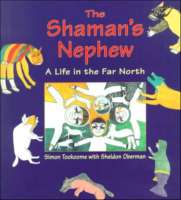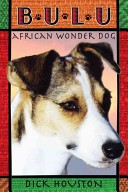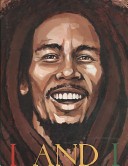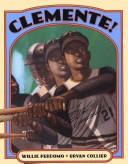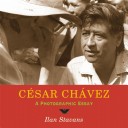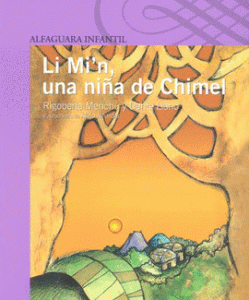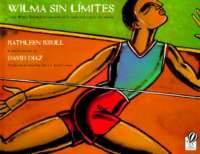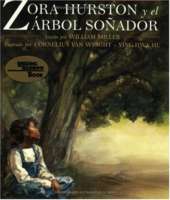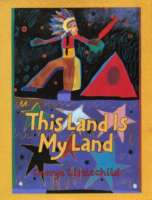
In his own words and paintings, acclaimed Native American artist George Littlechild takes young readers back in time to the first meeting between his Plains Cree ancestors and the first European settlers in North America. Through inspiring autobiographical stories accompanied by vivid, dramatic paintings, he recounts the history of his people and their relationship to the land, relating their struggles and triumphs with sensitivity, irony, and humor. Littlechild expresses his wish to use his art to portray the wonders of his heritage and to heal the pain of his people’s history and offers hope and guidance from the Native American perspective. This Land is My Land is a winner of the Jane Addams Picture Book Award and the National Parenting Publications Gold Medal.

